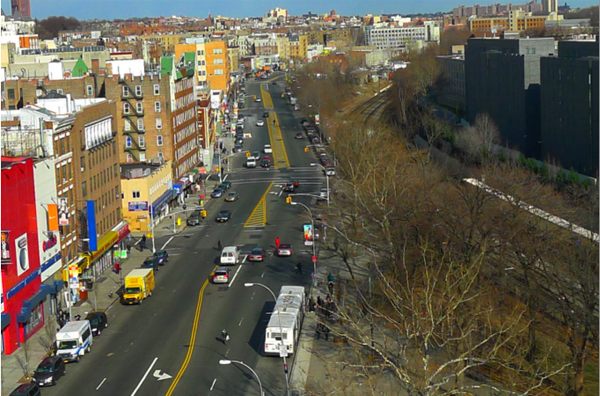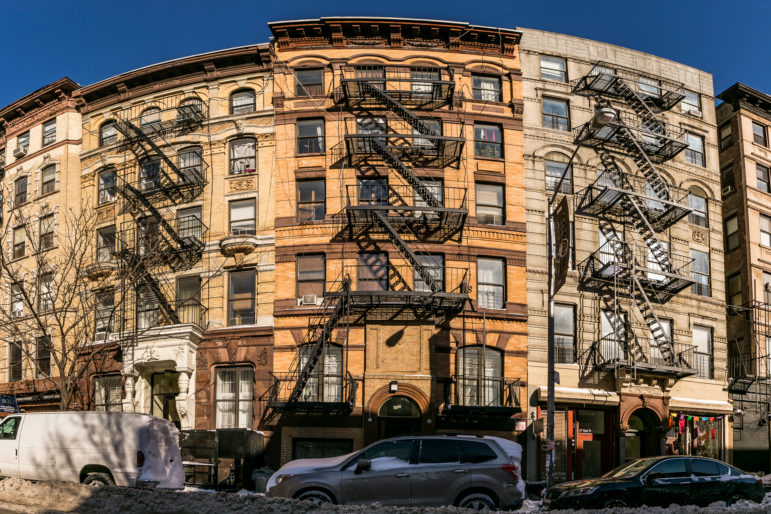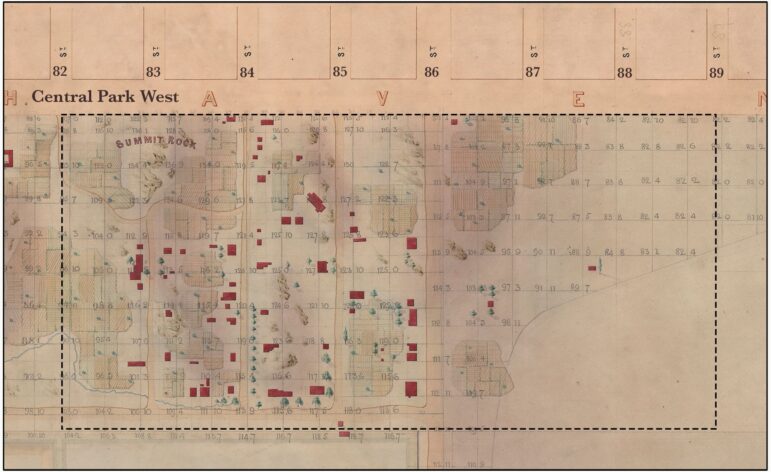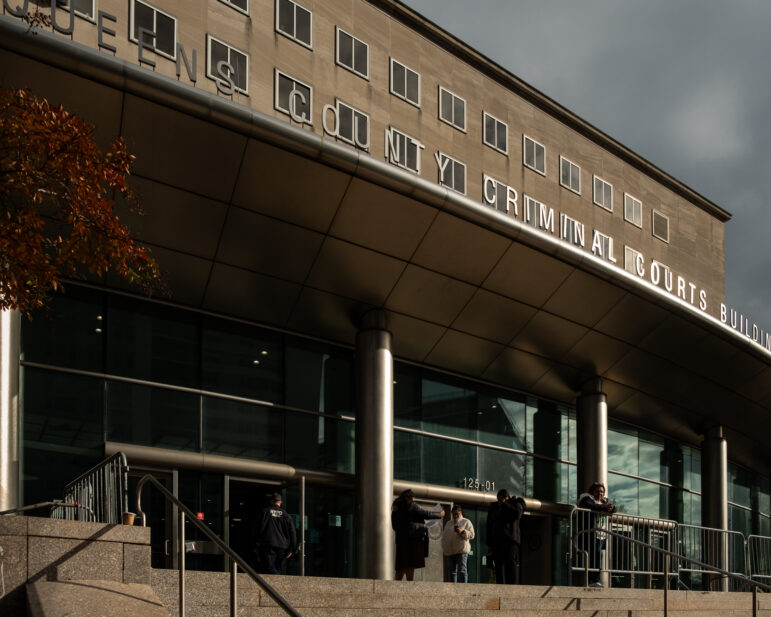
Photo by: EDC
View looking north from Fordham Road along Webster Avenue, a corridor the Economic Development Corporation has targeted for improvement but where many supportive housing projects are planned.
The over-concentration of housing and facilities dedicated to addressing social problems poses a growing threat to social and economic vitality in working-class neighborhoods throughout New York City. One area at particular is the stretch of Webster Avenue along Norwood and Bedford Park in The Bronx.
These communities worked with City Planning for years to plan for balanced growth. The neighborhoods are characterized by narrow residential streets, while Webster Avenue is an underutilized stretch of manufacturing and auto-related uses with a scattering of older residential buildings and a few schools (two more are currently under construction). The area was rezoned to preserve its residential character while promoting growth along Webster Avenue. As a member of the Community Board, I was part of the unanimous vote to support the rezoning. The Economic Development Corporation has endorsed on this vision for a lively Webster Avenue with its own mixed-use economic development plan.
Despite the inclusive planning and the potential for improving the quality of life for all our current and future residents, the future now looks bleak. Rather than a healthy mixture of incomes and new businesses and restaurants, this strip is being bought up and built out to warehouse the social ills of the city at the lowest possible cost.
If pipeline projects come to fruition, the small existing population on Webster between 203rd Street and Gun Hill Road will be eclipsed by a new population, comprised exclusively of low-income residents and people who require supportive services. Pipeline projects include an eight-story building with 84 single-room occupancy units for seniors, an eight-story building with 56 units for formerly homeless families, and another building with 56 units for low-income residents and 58 units for chronically homeless adults with severe and persistent mental illness. These buildings would add 254 units of supportive and low-income housing to this strip, which currently has only 202 residential units.
Each of these facilities would meet a real need. I believe they really do represent the hard work of people who genuinely want to help others. I am proud to say that when I was a Community Board member, I voted to support one of these projects. I have little doubt that individually, each of these facilities would be well run, with programs to serve the special needs of their residents and mindful of the surrounding community. Nevertheless, as more and more of these facilities quickly cluster along Webster Avenue, they crowd out opportunities for other construction that would contribute to the neighborhood’s economic health. Moreover, the concentration of so many people with serious problems threatens to overwhelm the social infrastructure of our working-class communities.
This problem is not isolated to Webster Avenue, since much of the new construction dotted throughout Norwood and Bedford Park has been supportive housing. Cluster-site housing for the homeless has also been disproportionately located in The Bronx. These all act to concentrate poverty, and the cluster-site housing further strains the community by removing available apartments for working residents. The lack of a citywide “fair share” approach imposes a significant and growing burden on our neighborhoods. On Webster Avenue, this problem will be magnified by a dead streetscape.
It would be alarmist to suggest people would actively avoid this strip due to fear of the special-needs residents. Rather, cramming these residents into a segregated strip along Webster Avenue will deprive the street of the resources necessary to support active uses. With virtually no disposable income, there will be no customer base for any businesses. And without stores, there will be no reason for anybody else to spend time on Webster.
Despite the project sponsors’ best efforts to create supportive housing, if these projects are all concentrated, the result will be a community that fails to support its residents. People who have trouble with substance abuse or difficulty holding jobs will find little help from social networks comprised entirely of others who have the same problems. Social workers can try to help, but they simply cannot be effective in a neighborhood setting devoid of a healthy social network.
We should have learned the lessons from the history of public housing projects that concentrated poverty, ultimately becoming isolated landscapes of despair. Unfortunately, our government housing programs appear to be repeating the same mistakes by blindly funding the most units wherever they can be built most cheaply. Whenever a bureaucratic quest for statistics takes precedence over a holistic approach to community building, the result will be failure on a large scale.
In spite of these gathering clouds, I remain hopeful that a sound planning approach can prevail. I hope our elected officials and the responsible agencies will recognize the harm that would come from creating a desolate landscape that segregates the city’s neediest residents, and will choose to reverse course. I hope a “fair share” framework will be adopted to integrate supportive housing into successful neighborhoods throughout the city.
To build a successful neighborhood, Webster Avenue must attract some middle class among the new residents. Most active community members in Bedford Park and Norwood have shown a degree of support for supportive housing that is unusual in New York City. Yet we also recognize the need to attract more professionals. We would benefit from their spending power to support more businesses, providing a more complete range of services in our neighborhoods. More specialized knowledge in various professions would contribute to community organizations and would help us resolve issues with City agencies when they become intransigent. As part of a broader neighborhood social network, professionals would be an invaluable source of information and advice.
It takes a degree of faith to envision an attractive and lively streetscape on Webster Avenue, but it is a shared vision with real potential. Unfortunately, that vision could quickly slip away forever here and in other working-class neighborhoods if they become segregated pockets of poverty, used merely to maximize the number of units constructed.







